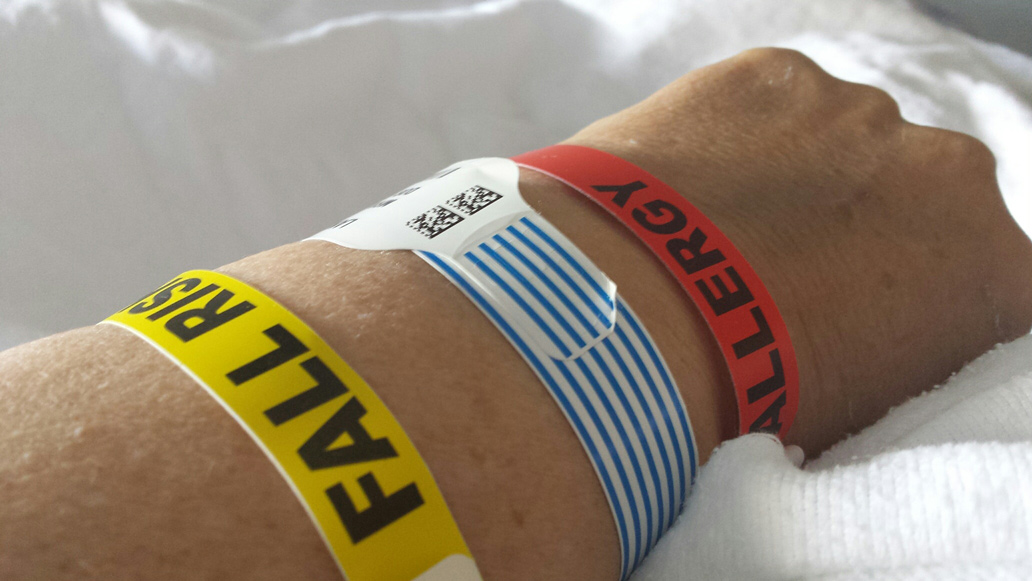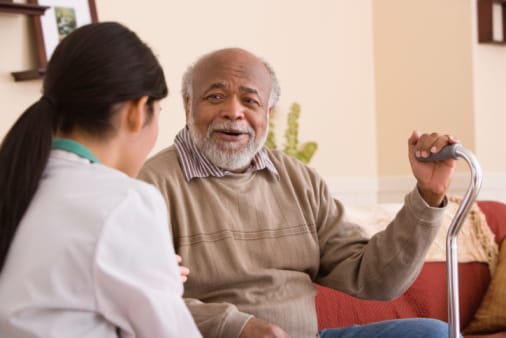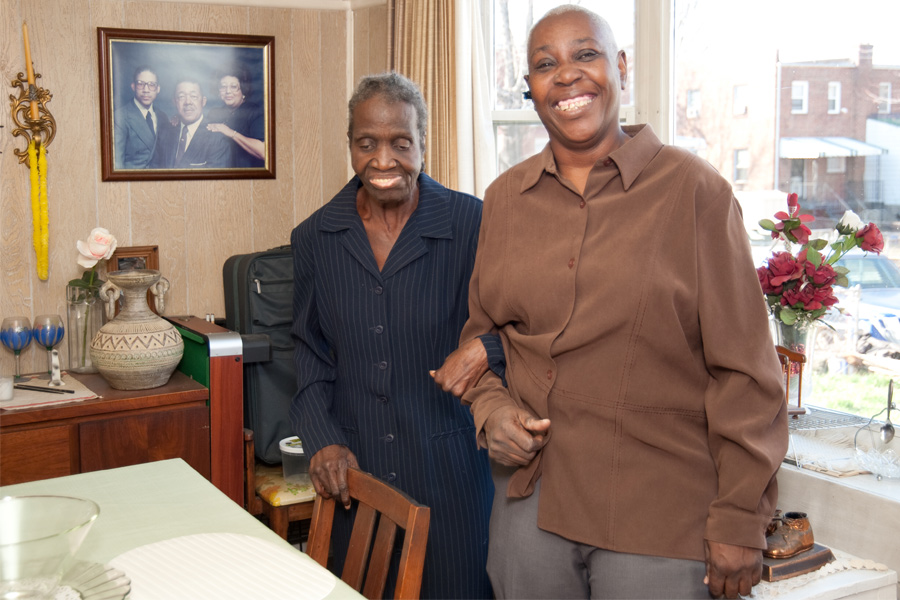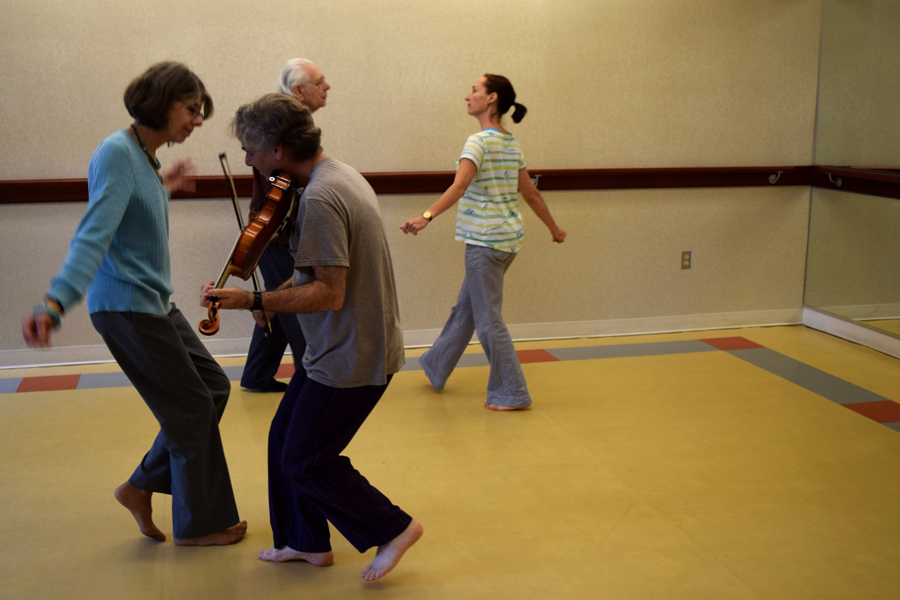Fall Prevention Awareness Day: What You Can Do to Lower Your Risk


Why focus on falls when most of us hope we never have one? Because falling, for an older adult, can have long-lasting negative consequences. According to the federal CDC, it is one of the primary causes of death and long-term disability among adults age 65+. In fact, a bad fall can jeopardize one’s ability to age independently on one’s own terms.
For many elders, fear of falling can be almost as bad as a fall itself. Older adults, who fear falling will sometimes limit their activities outside the home. This can lead to isolation, loneliness, and depression. Ironically, by limiting activities, older adults may actually increase their fall risk. Regular exercise improves balance, flexibility, and stamina—all needed for fall prevention. A free five minute video, from Terra Nova Films, shows strategies real elders used to overcome their fear of falling.
A Visit to Your Doctor
The good news is many falls are preventable. Whether we’re at risk for falls, or afraid of falling, we can take steps now to reduce our vulnerability. For some elders, a visit to the doctor may be an important first step. Many medical conditions (including osteoporosis, Parkinson’s Disease, hearing loss, and vision loss) contribute to fall risk, or to serious injuries caused by falls. Additionally, some medications can increase risks, including those taken for high blood pressure, blood clots, depression, and sleep. Your doctor can review and adjust medications, test gait and balance, prescribe physical therapy, or test for other medical conditions. The Fall Prevention Center of Excellence offers free tips on talking with one’s doctor about falls.
Prepare Your Home
Because we’re more likely to fall at home, we all can benefit by modifying our homes to make them safer. Simple and inexpensive ways to do so include: removing or securing loose rugs, turning on lights (or adding lights) in walkways and stair wells, relocating often-used items closer so that reaching for the item is not needed, and minimizing clutter especially on floors. More expensive grab bars, railings, shower benches, and lift chairs provide additional assurance. The American Physical Therapy Association offers a free five minute video on home modifications for reducing fall risks. Free fact sheets, on home modifications and “preventing falls around pets,” are available from the Fall Prevention Center of Excellence.
Outside Precautions
When outside, you can reduce your chance of falling by paying close attention to your surroundings. Avoid trip or slip hazards by stepping over or walking around broken sidewalks, tree roots, wet leaves, and ice. Walk during daylight hours, or at night in well-lit areas to improve safety. Even our choice of shoes affects our risk. The National Institutes of Health suggest older adults choose shoes with low heels and good traction. Dr. Carol Frey, in a New York Times article, suggests selecting shoes to match the walk surface.
Staying Fit and Active
Additionally, exercise, research informs us, reduces fall risk and improves balance, flexibility, and overall strength. The National Council on Aging (NCOA) identifies six evidence-based fall prevention exercise programs (A Matter of Balance, The Octago Exercise Program, SAIL, Stepping On, Tai Chi for Arthritis, and Tai Ji Quan: Moving for Better Balance) developed specifically for older adults. On their website, NCOA also gives guidance on finding an evidence-based program. Outside of a class, you can still benefit from exercise. The National Institutes of Health provides instructions for four balance exercises which can be done at home. Find additional exercises from the (Canadian) Winnipeg Regional Health Authority’s Stay on Your Feet website (http://preventfalls.ca/wp-content/uploads/2015/10/2015-Home-Exercises.pdf). Looking for a new class to start? At Iona, we have yoga, Qi Gong, Tai Chi and more to help you improve your balance. Before starting any new fitness regimen, always consult with a doctor.
What If I do Fall?
What if, after all my precautions, I still find myself on the ground? The National Institutes of Health recommends taking a few moments to relax, to recover from the shock of having fallen, and to evaluate whether you’re badly hurt. If hurt, you should phone 911 or have a loved one do so. Older adults who live alone might consider keeping a phone low to the ground for such emergencies, or better yet, purchase a personal emergency response system plan (PERS).
Through a PERS plan (sometimes called medical alert system or medical response system), older adults wear a device, which when activated allows the user to immediately call for emergency assistance. The Public Health Agency of Canada suggests caregivers should avoid the temptation of helping a person up without first checking for injuries. Moving an injured person can exacerbate the existing injuries or cause new ones.
To safely get up after a fall, the Wisconsin Institute of Aging suggests elders go slow; bend knees and roll on their side; use one elbow to push up into a crawl position; wait a moment to assure balance; crawl to a chair or table; and then use the chair or table to pull oneself to a standing or seated position. A free, short video, from Phillips Lifeline (a for-profit PERS provider), also demonstrates techniques for rising after a fall.
Although falls are dangerous, and can be life changers, they are not inevitable. All of us can take steps to reduce our risk of falling, or reduce the risk for a loved one. At Iona, we wish you a safe and proactive Fall Awareness Day. We also hope you age well, and live well.
By Leland Kiang
Leland Kiang, LICSW is manager of Iona’s Information & Referral Help Line, whose staff answers questions about senior services throughout the DC metro area. Leland also has written articles for BIFOCAL, Unite Virginia, and the National Resource Center on LGBT Aging.
Related Articles

The Stories of Dementia in the District

A Couple’s Vows Create Opportunities to Age Well

Can You Imagine Taking Three Buses to Get to Iona?

